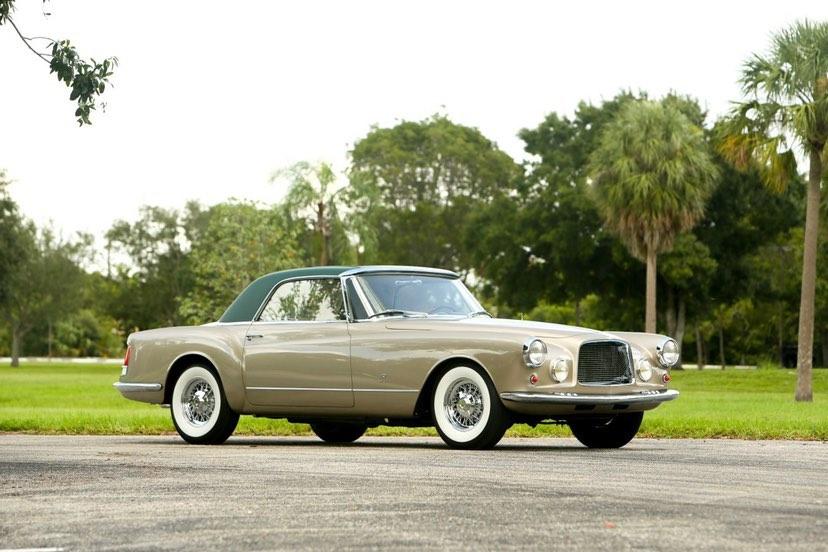
In the automotive world, certain cars gain legendary status not just for their design and performance but also for the intriguing stories behind their creation and ownership. One such captivating tale involves the Chrysler 300B Boano Coupe, a vehicle commissioned by the Italian industrialist Gianni Agnelli, famously known as “L’Avvocato.” The story unfolds in the mid-1950s when Agnelli, then the vice president of Fiat, sought to blend classic British style with a powerful mechanical system, resulting in the creation of an automotive masterpiece.
Commissioning the Masterpiece
In late 1955, Gianni Agnelli entrusted the task of designing the Chrysler 300B Boano Coupe to Mario Boano, formerly associated with Ghia. The brief given to Boano was clear: create a two-seat coupe with a powerful, modern mechanical system, reminiscent of a classic British style. Interestingly, Agnelli explicitly emphasized steering away from a modern shape, opting for a design that would stand the test of time.
Remarkably, within just ten days, basic design sketches were completed. From these sketches, Agnelli handpicked his favorite, which served as the foundation for the creation of a “master model.” Concurrently, a new Chrysler 300 chassis, numbered 3N561171, was ordered and from Chrysler on February 1st, 1956. By the fall of the same year, the body panels were meticulously welded to the chassis, initiating a meticulous two-month hand fabrication process for the individual components.
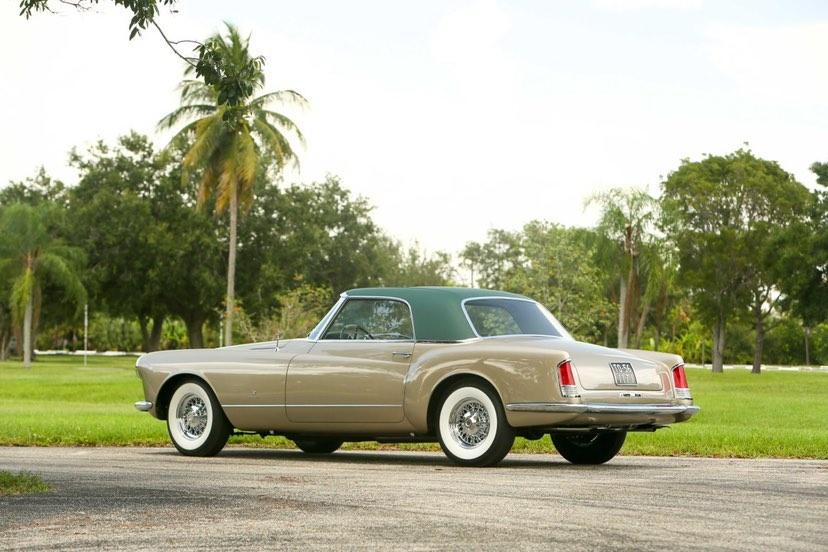
By the end of 1956, the Chrysler 300B Boano was ready for inspection, and Agnelli, upon seeing the finished coupe, was pleased with the result. However, a dilemma arose – Agnelli, who was on the verge of ascending to the presidency of Fiat, was reluctant to be seen publicly driving a foreign car. The Fiat headquarters and factories strictly prohibited the entry of non-Fiat branded cars, posing a challenge to Agnelli’s desire for privacy and discretion.
The Dilemma: Secrecy Surrounding Ownership
In response to this predicament, the decision was made to keep the brand and ownership of the car discreet. To avoid potential unrest among Fiat workers, the Chrysler 300B Boano was deliberately devoid of any branding. The only exception to this rule was designer Giovanni Michelotti, who, being permitted to enter the Fiat headquarters parking lot with a non-Fiat car, stood as an anomaly.
Ultimately, Agnelli decided to gift the Chrysler 300B Boano to his brother, Umberto. The transfer of ownership occurred at the Milan tollbooth on the Milan-Turin highway. Umberto, involved with Fiat of France at the time, took the car to Paris, where he stayed for three or four years. The car was left in Paris upon his return to Italy, maintaining a low profile until its journey to the United States.
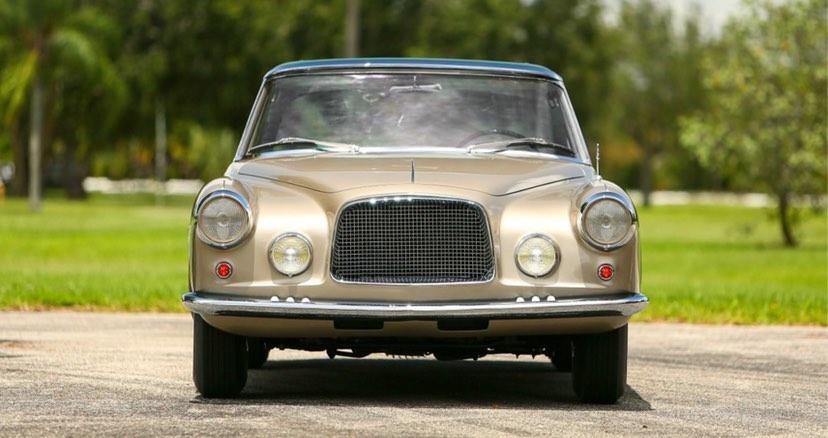
Originally titled in suburban France in 1957, the Chrysler 300B Boano stayed in French hands for over three decades, passing through two subsequent owners. In 1989, it found its way to the United States, landing in Los Angeles and being sold to California dealer Irving Willems. The car then changed hands, and in 2018, the Bruno Collection acquired it before entrusting Rare Classics Restorations, LLC, with a meticulous forensic concours restoration.
Exquisite Features and Design
The Chrysler-Boano coupe, a testament to masterful craftsmanship, features a chassis shortened by the coachbuilder to 119 inches, enhancing the two-seater layout. The heart of the coupe remains the stock Chrysler 300B high-performance 354 cubic inches (5.8 liters) Hemi engine, coupled with a 3-speed Torqueflite push-button automatic transmission. The vehicle retains its original numbers-matching drivetrain and chassis.
Luxurious amenities include power windows, a power sunroof, and an AM radio with a power antenna. The exterior boasts a variant of Grigo Ingrid, complemented by a leather roof in English Hunt Club Green. Optional Chrysler chrome wire wheels by Kelsey Hays add a touch of elegance. The interior is adorned with English Ivory leather and light green Wilton Wool carpeting, accentuated by green leather on the package tray and a dash finished with Rosewood behind the instruments.
Recognition and Exhibitions
The Chrysler-Boano Coupe has received recognition and acclaim over the years. It was featured in the September 1957 issue of L’Automobile, gaining further prominence in the April 1996 issue of Car Collector. Notably, it was presented to the public at the 2003 Concorso d’Italia and exhibited at prestigious events such as the 2019 Pebble Beach Concours d’Elegance and the 2022 Villa d’Este Concours d’Elegance.
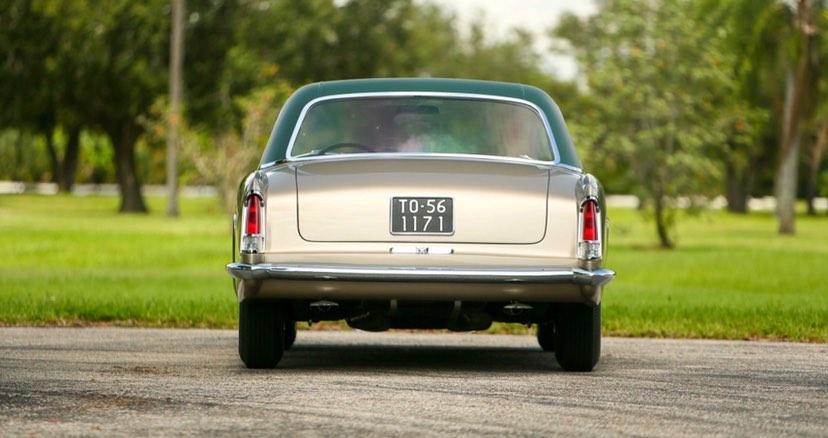
The Unanswered Mystery
Despite the car’s undeniable magnificence and Agnelli’s evident satisfaction with the final product, the mystery remains as to why L’Avvocato did not take delivery of this extraordinary automobile. One can speculate that the foreign origin of the car, deviating from the Fiat norm, might have played a role. However, the result is unequivocal – the Chrysler 300B Boano Coupe stands as one of the finest personal luxury cars to emerge from post-war Italy.
The story of the Chrysler 300B Boano Coupe is a captivating journey through the vision of Gianni Agnelli, the skilled hands of Mario Boano, and the craftsmanship of the creators involved. The car’s journey from conception to discreet ownership and its eventual restoration and recognition highlight the timeless allure of automotive masterpieces. L’Avvocato’s decision to gift this extraordinary creation to his brother, and the subsequent odyssey of the Chrysler-Boano Coupe, adds an enigmatic layer to its already fascinating history, leaving automotive enthusiasts to ponder the secrets behind its creation and the reasons behind Agnelli’s decision not to embrace this masterpiece publicly.

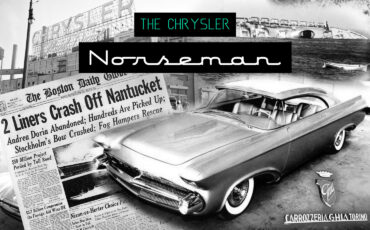
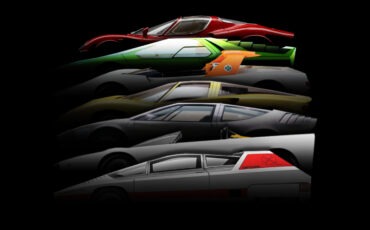
By looking at it i thought it was a Ghia, nice job Boano